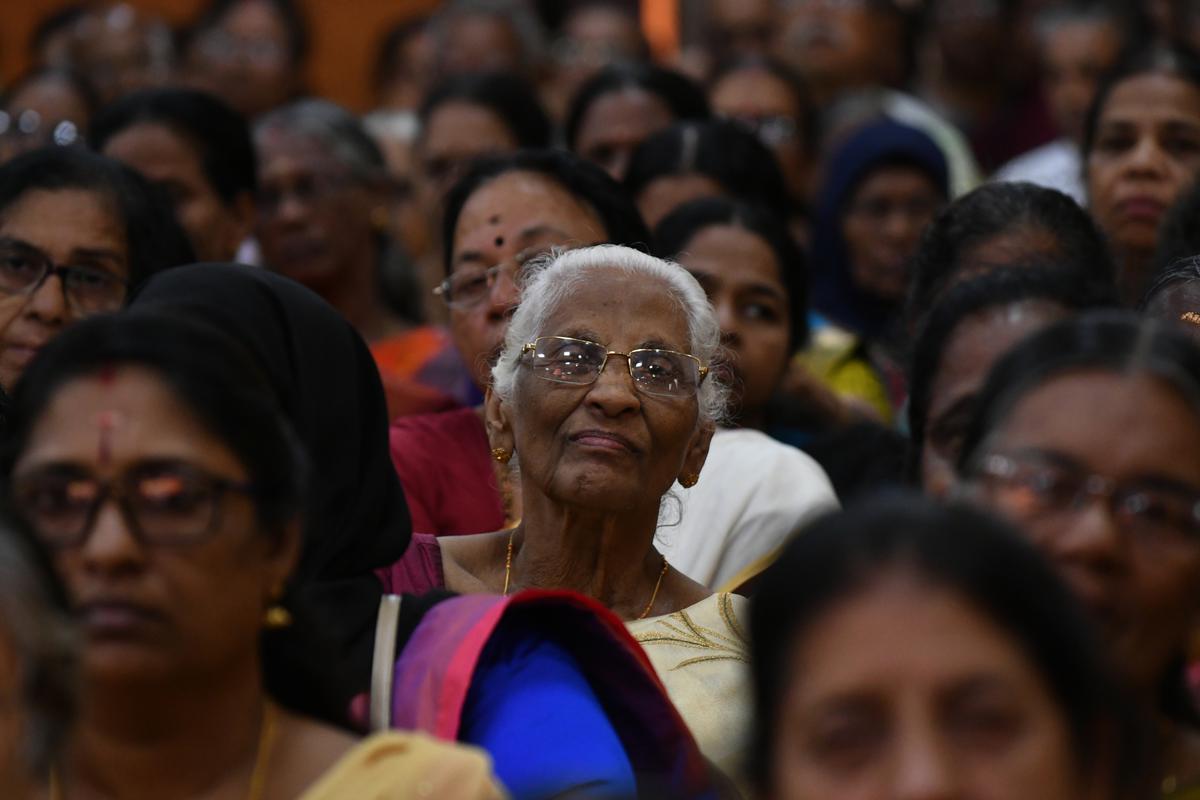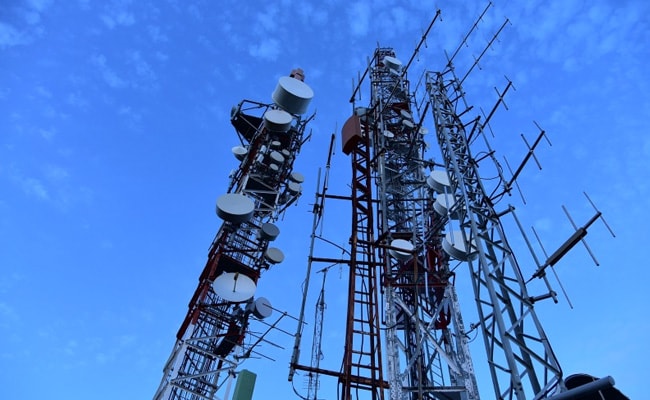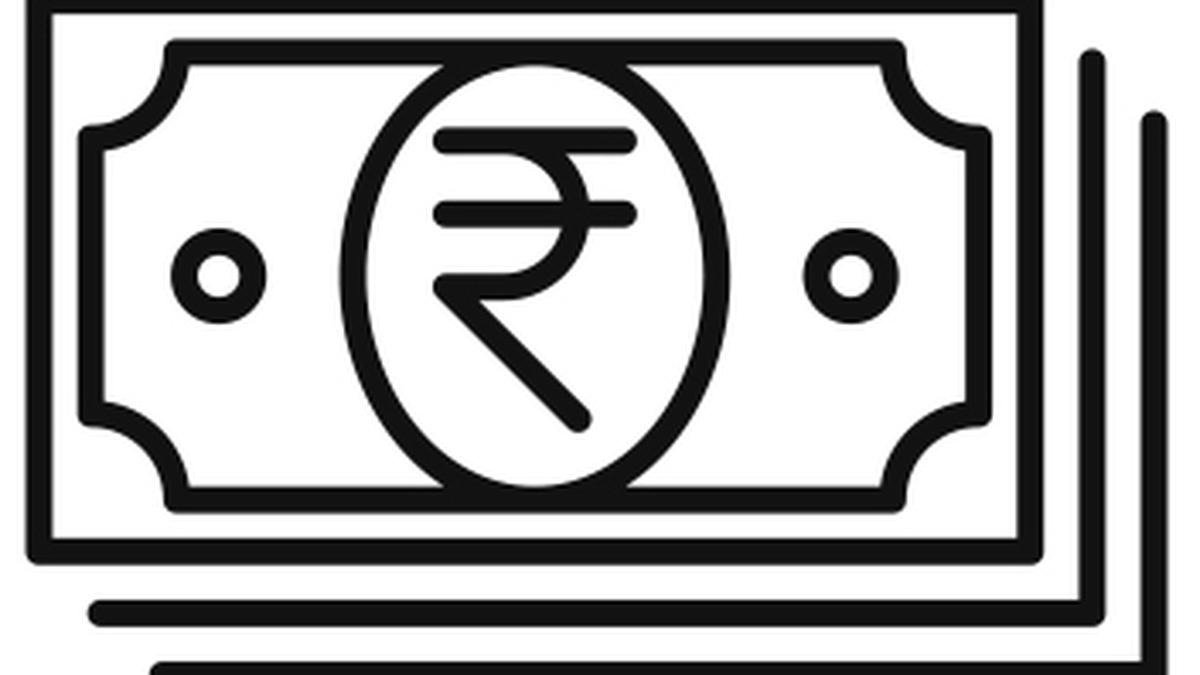Why India should worry about its ageing population
India’s policymakers have long flaunted the massive economic benefits that the country will reap from its huge youth population. But while the country, with a median age of a little below 30 years, is still relatively young today, it looks all set to age quite rapidly in the coming decades, thanks primarily to a rapid decline in fertility levels. An ageing population, many economists believe, could turn out to mean serious economic trouble unless India manages to grow its economy at a rapid pace in the coming decades.
Elder citizens attend Naipunya Nagarm program at District panchayath office, Kakkanad.
| Photo Credit:
THULASI KAKKAT
In a report released late last month, the United Nations estimated that India’s elderly population (people over 60 years old) will grow at a rapid 41% between 2021 and 2031. It further noted that the number of elderly people will be larger than the number of children (people who are younger than 15 years old) by 2046. To put this in perspective, in 2021 there were 39 elderly persons for every 100 children in India, and 16 elderly persons for every 100 working-age persons. Further, according to the UN, elderly people will constitute about 20% (or one in five members) of India’s population by 2050. And by the end of the century, 36%, or a little more than one-third, of India’s population will be over 60 years old.
Read more here: India may face economic trouble as fertility levels drop
Reporting: Prashanth Perumal J.
Voiceover: Sharmada Venkatasubramanian
Production: K. Rajashree Das







